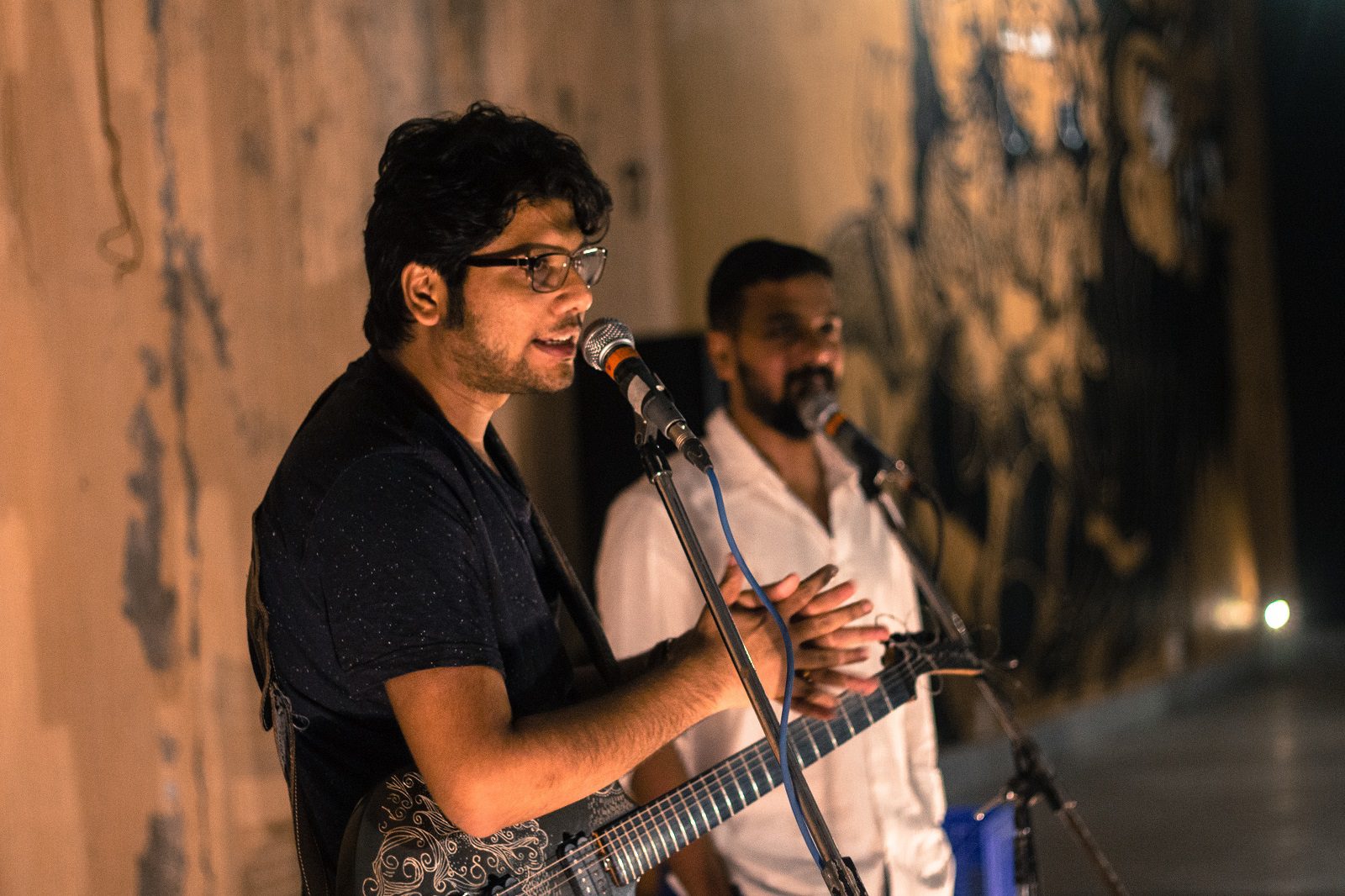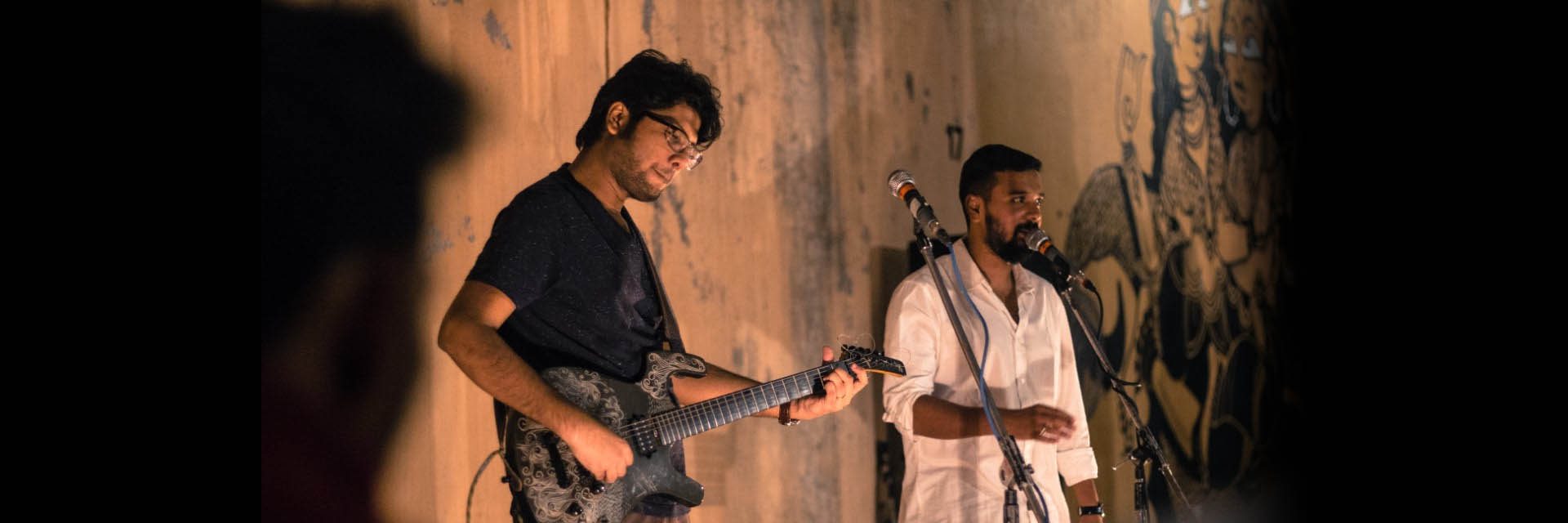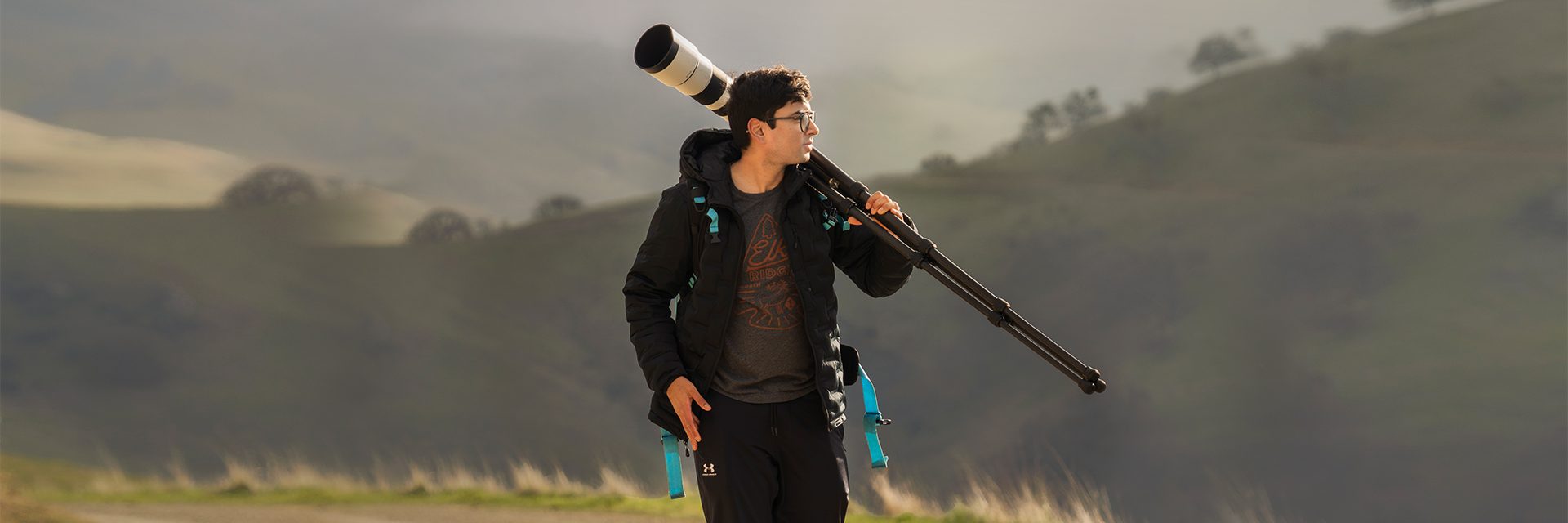(March 24, 2022) As he made music with his friends in high school, it was clear that Anurag Shanker had a special talent. It wasn’t as a glamorous frontman, or an even more glamorous lead guitarist. He knew early on that his gift lay in composition and arrangement, to take a song and turn it into something people would want to listen to. While ideas were abundant, good execution was not. “I have never just been a guitarist or a composer,” says Anurag Shanker, today a reputed composer and music supervisor for Netflix’s The Fame Game. For him, the excitement lay in meeting new artists, about taking a song and expanding it to an audio production perspective. “I want to arrange their music and produce their songs,” says Shanker to Global Indian.
He was first approached by the OTT giant back in 2020, soon after the pandemic began. “It was to do music for one show – The Big Day,” he recalls. A series about six engaged couples, the show takes a look at India’s multibillion-dollar wedding industry. “They needed someone to handle Indian-centric stuff that was culturally accurate, and also contemporary,” he adds. The Fame Game allowed Anurag to “place some really nice indie music,” and that makes him a happy camper. One example is singer-songwriter Kamakshi Khanna’s 2021 single Duur, which was featured.

Anurag Shanker
This space is Anurag’s forte, to create music that is “culturally relevant and which sounds cool,” he avers. A repertoire of prolific- acoustic, rock and folk music (he collaborated with the Manganiyars of Rajasthan, for instance), and a classical collaboration with sarod player Pratyush Bannerjee (among the foremost sarod exponents of our day) who played songs in eight ragas that Anurag produced with an electronic sound. “We have to bring in a new perspective without alienating either form,” says the classicist. Cross-culture collaborations are all the rage and the word fusion is, arguably, overdone. “Putting a raga together with a drumbeat is not fusion. You have to be sensitive about it,” says the traditionalist.
Keeping up with the ‘times’
Anurag’s sensibilities were shaped at home, expectedly, as the son of late Promod Shanker, former VP, Times Music. “Dad had a knack for discovering new artists. He discovered Indian Ocean and Jasbeer Jassi. That was very inspiring to me,” says the musician with an eclectic ear. Growing up, he would often find the biggest names sitting in his living room – he recalls Indian Ocean and the composer duo Ajay-Atul. “There were artists coming home to jam all the time,” he adds.
Having been in the thick of things often, he has lost his taste for jam sessions. “If I’m playing music or creating it, it has to be for the music. It can’t be an evening of frolic where the music is incidental,” he mulls. It also showed him, at an early age, what lies beyond the glitz of show business – he understood the hard work and determination that goes into life as a professional musician.
Training began early, and at age nine it was tabla lessons. “It’s the best age to learn an art form,” Anurag says. “Rhythm became very much ingrained in me. Also, Indian rhythms are so complex that after learning them, everything else is simple. If a jazz musician says to me, this is a 7/4 time signature, I’m unfazed by that,” he says.

Live with Namit Das. Picture: Vaishnavi Suresh
Bengaluru days
Those early years were routine, and the joy came later, when he began to jam with friends in high school. “I hit the ground running. I was making songs when someone who started along with me was still trying to figure out the instrument. That was a huge plus,” which led him to visiting studios with his father, watching people organise recording sessions and learning how to make artists comfortable.
When he came to Christ University in Bengaluru, Anurag joined the college’s thriving cultural scene during his third year. And that enabled him to take his music more seriously. Slowly, work started – jingles and promos. He was also part of a band then, Caesar’s Palace, which performed in Bengaluru. “It was just a fun idea which helped me discover myself,” and his talent for arrangement and composition was noticed, and suddenly creative decisions were under his aegis. The band did an EP too.
In 2009, the composer moved to Delhi to be with his parents but found his career stalling. “I decided the only place to get really fired up is Mumbai – such an exciting city,” he says. He left home in 2010, carrying precious wisdom from his father. “Don’t look for a break,” he said. It put paid to the idea of starstruck youth swarming tinsel town looking for fame. Instead, his father said, “That big break will never happen. The world just doesn’t work like that. Learn not to depend on what is in the pipeline. Instead, have a good time, collaborate with people and make music,” lessons he took to heart, created a repertoire of diverse projects.

The composer recording Kinnaram from Tamil Nadu
Bombay’s acoustic people
A chance meeting with a friend from college (2010), Arfaaz Kagalwala, led to the formation of Slow Down Clown, an alternative outfit. The duo explored film work, like in Amit Masurkar’s Suleimani Keeda. “We sent in a couple of ideas and they liked them. That was our first experience as composers,” smiles the composer whose wit and humour endears him to all. A web series, some film songs later, Arfaaz left for France. Anurag remained in Bombay – classical, folk music to film scores, and indie songwriting.
In 2013, Anurag became one-half of the now-dormant guitar duo Bombay Acoustic People with Sankarshan ‘Shanks’ Kini, who was playing with Kailash Kher’s ensemble at the time. Kini, he says, is an “all-round, holistic musician,” who was “so welcoming.” The Bombay Acoustic People toured India, entranced Shillong, also toured Europe. They began the warm and inclusive living room gigs long before they entered mainstream cultural discourse.
“That started out in Sankarshan’s room. We would bring speakers and debut material for some 25 guests,” and the shows were instant hits with fans offering their homes. Those intimate sessions call for the best in a musician, he believes, “One can play loud electric guitar to already loud music. Yet, if you’re playing a real acoustic instrument in a small room where people are paying attention only to you, that’s the true test of your skill and personal peace.” In 2014, Namit Das + Anurag Shanker came to be, and still active though in the middle he was also a part of another alternative outfit, Last Remaining Light, in Mumbai.
That’s all ‘folk’
Working with folk artists is close to his heart. Accompanying his father to Mumbai’s Western Outdoor studio in 2000, (now closed) where legends like Bhimsen Joshi and Abida Parveen would come in to record, he says, “Abida ji would walk into the studio and produce seven or eight hours of content at a shot. She just goes in and starts singing – Kabir for an hour, Punjabi folk for an hour. They were legends on the brink of something new. And simply to be in the presence of that spark – these are things that cannot be taught.”
Producing at the core of his musicology – he has worked with the Manganiyar singers from Rajasthan including upcoming artist Peeru Khan, produced an album with sarod player Pratyush Bannerjee, the Urban Grooves Project series for Virgin EMI and a string of Indian music releases for a Bengaluru-label, Pragnya.

Anurag with Manganiyar singer Peeru Khan
At his home studio, he is busy working for an NGO, recording one folk song from every state of India. With 22 done, the collection will be presented on a website, where people can discover more about the song, its state of origin and the culture to which it belongs. “I have made so many friends and connections in the folk music community so this is my way of protecting our cultural heritage,” says the guy who can croon a mean tune.
The pandemic saw him long for the surrounds of Bengaluru, where he and his wife Malini currently live – an idyllic villa near Nandi Hills. “After living in cities all my life, I didn’t even realise this was something I needed,” he laughs.




